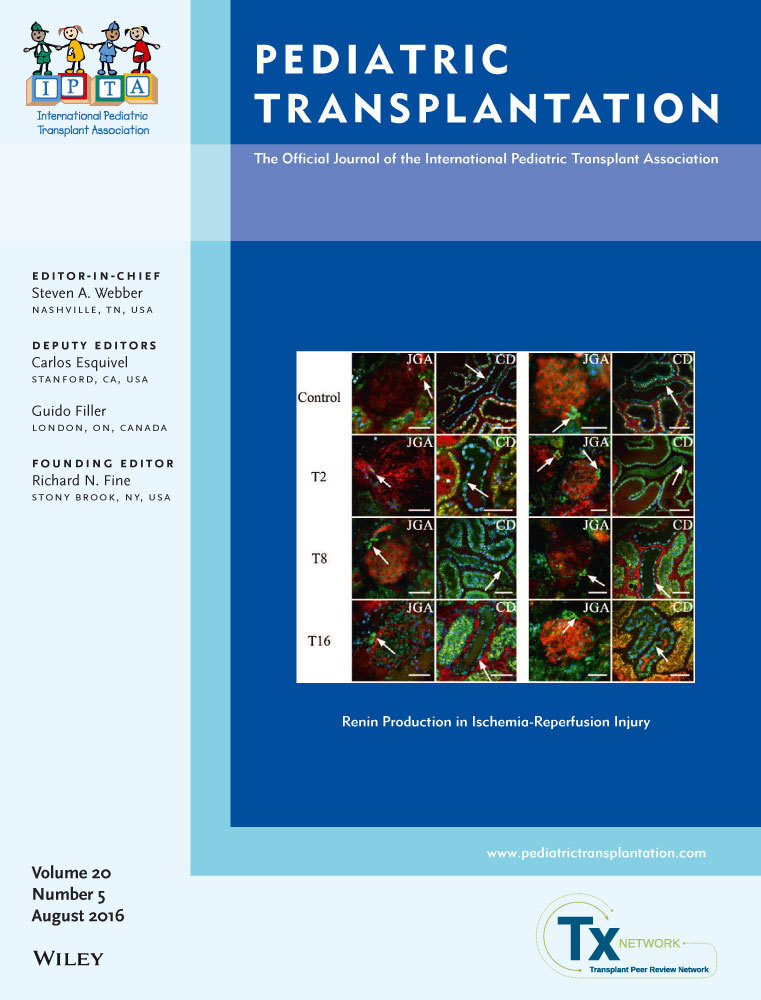Living donor domino liver transplantation using a maple syrup urine disease donor: A case series of three children – The first report from Japan
Abstract
As the priority of LD-Domino LT is the safety of the first recipient, limitations and technical difficulties in the second recipient often occur. The most technically challenging part of LD-Domino LT is the reconstruction of the vessels. For the reconstruction of HVs, the native HVs were exteriorized as far as possible using a CUSA because longer extensive HVs are essential for facilitating the reconstruction. At the back table, the HVs of the domino graft were sutured together, and the single cuff of the HVs was anastomosed to the IVC by joining the orifices. The HAs, the presence of insufficient length, and multiple vessels in the whole liver rendered the reconstruction more difficult. We determined the dividing sites of the vessels according to the preoperative 3D-CT findings obtained in two institutions. This is the first case series using grafts in DLT obtained from LDLT for patients with MSUD between two institutions. In conclusion, LD-Domino LT is a safe and feasible therapeutic option to expand the donor pool by technical refinement in the reconstruction of the second recipient. Further studies with a greater accumulation of patients and a longer follow-up will be necessary to establish LD-Domino LT using an MSUD donor.




